|
Dance is a way to honor our bodies and celebrate our lives. But to truly honor and celebrate something, we must first become conscious of its value. Our bodies carry us through our entire life, supporting us and enabling us to do the things we love. Our bodies are our only true home from the moment we are born until the moment we die, growing and changing and transforming with us. Our bodies even have the capacity for creating life and bringing it forth into this world... yet how do we treat those bodies of ours?
How often do we speak about our bodies with shame, how often do we talk to our bodies with disdain, how often do we think about our bodies with sadness? How often do we feel frustrated for the things our bodies "can't" do or for the way our bodies look? How rarely do we take the time to appreciate all the amazing things our bodies already enable us to do? How rarely do we marvel at the perfect balance of our automatic bodily functions that keep us alive and healthy in every moment? Most of us think and speak about our bodies only with frustration and negativity and rarely if ever with appreciation and positivity. We take for granted all the amazing things we have to be grateful to our own bodies for. And then maybe we learn to appreciate our body's ability to function, to move freely without pain, only after an accident or illness impairs that ability. Only then do we tend to learn how precious our bodies are and have always been, and how insignificant the criticisms over the way our bodies look or the things we think our bodies can't do really are. It's time to start shifting the way we think and talk about our bodies every day. Let's move away from the frustration and move towards more love and appreciation. Let's try replacing criticisms of our bodies with wonder and gratitude, today and every day. I like to end all of my belly dance classes guiding my students to give themselves a hug and thank their bodies for everything they do; all the functions we take for granted that keep us alive, healthy and in balance and free from pain. And I'm not the only one. In one of her online classes, Brazilian belly dancer Ju Marconato spoke about the importance of expressing gratitude to our bodies for those very things. She talked about not waiting until we become sick to see the value in our health. She expressed this so beautifully that I decided to translate her message into English and share it with you today: "Today I am thankful for the air that I breathe deeply through my lungs. I am thankful for my skin, my hair, my nails. Have you ever stopped to thank your kidneys? Imagine life without your kidneys working. How much are your kidneys worth? How hard would you work to have kidneys that are perfectly healthy and whole? Is there a price for that? That is true wealth! I am thankful for my kidneys. I am thankful for my intestines, my spleen, my liver, and the perfect synchronized functioning of my internal organs. I am thankful for each cell of my body, each one perfect and healthy. How I am richly blessed... I am thankful for my eyes. How wonderful it is to see colors, lights, to see the faces of the people I love. How important it is to have this channel of communication with the world. Do you see it? Try putting a blindfold over your eyes for a day or just a few hours, and go about your daily activities or try to go outside. When you take off the blindfold your perception will be more accurate, and will show you the grandiosity of being able to see. This way a feeling of pure gratitude is installed in your heart, so you don't have to lose your health to be thankful for it. I am thankful for my ears. How wonderful it is to be able to hear songs. Do you understand the magnitude of that? Cover your ears for just 24 hours. When you uncover them you will be jumping in gratitude for the gift of hearing. I am thankful for my legs that take me where I need to go. I'm thankful for my arms that hug and do work. I'm thankful for my hands that caress, nurture and cook. I'm thankful for my metabolism. I am thankful for my heart. So much gratitude for my heart. This perfect and tireless machine that works 24 hours in my favor. Atria and ventricles working in perfect synchrony. It's a miracle. My heart is truly precious, it's invaluable. I am thankful for my brain, my nervous system, my endocrine glands, my defense sells. I am thankful because I am a magnificent expression of life. I am nature manifested in all its wisdom. I love my body. It is home to my spirit. I love my temple. Today I am grateful." You are a magnificent expression of life. Your body is a marvel, a microcosm of nature, a unique and beautiful temple that deserves to be honored and respected. Cherish the wonderful things your body does for you today and every day, and observe how much more easily the dance of life begins to flow.
6 Comments
photo credit: Tdrivas CC BY-SA 4.0 Taqsim (تَقْسِيم, also spelled taqseem, taksim or takseem, plural 'taqasim') is an improvisation of an oud, buzuq, violin, ney, qanun, accordion, saxophone, or any other melodic instrument in Middle Eastern music. It can be performed alone or as a part of a full musical composition, sometimes as an introduction and other times in the middle of the piece. When it's a part of a full composition, it may be backed up by a steady rhythm in harmony with the melodic solo. When we're describing taqasim in English, we might use the name of the instrument first, followed by the word "taqsim," like "oud taqsim" or "ney taqsim." However in Arabic, typically the description of a word will follow the noun that it's describing. Since the instrument describes the type of taqsim being played, in Arabic these taqasim would be described as "taqsim oud" or "taqsim ney." Hear a few examples below: Oud Taqsim by Farid al-Atrache, the "King of the Oud" Taqsim Nay by Michael Ibrahim Baladi Progression Beginning With a Saxophone Taqsim by Samir Srour Taqsim Qanun by Tony Barhoum of the National Arab Orchestra Baladi Progression Beginning With an Accordion Taqsim Taqsim Violin by Karim Henkesh Which of these melodic instruments is your favorite to listen to? Which type of taqsim do you most enjoy dancing to? Would you like to learn more about taqasim, like how to interpret this music as a dancer? Let us know in the comments below! Was This Post Helpful?If you liked this article, you can visit our blog map to find other posts about Arabic music, belly dance and other related topics. Or subscribe to our newsletter, YouTube channel, Facebook and Instagram pages to be the first to see more content from us!
Happy learning, and happy dancing! An important note on finding joy, making art and choosing self-care in troubling and chaotic times. “This moment humanity is going through can now be seen as a portal and as a hole. The decision to fall into the hole or go through the portal is up to you.
If you repent of the problem and consume the news 24 hours a day, with little energy, nervous all the time, with pessimism, you will fall into the hole. But if you take this opportunity to look at yourself, rethink life and death, take care of yourself and others, you will cross the portal. Take care of your homes, take care of your body. Connect with your spiritual House. When you are taking care of yourselves, you are taking care of everything else. Do not lose the spiritual dimension of this crisis; have the eagle aspect from above and see the whole; see more broadly. There is a social demand in this crisis, but there is also a spiritual demand -- the two go hand in hand. Without the social dimension, we fall into fanaticism. But without the spiritual dimension, we fall into pessimism and lack of meaning. You were prepared to go through this crisis. Take your toolbox and use all the tools available to you. Learn about resistance of the indigenous and African peoples; we still haven't stopped singing, dancing, lighting a fire, and having fun. Don't feel guilty about being happy during this difficult time. You do not help at all being sad and without energy. You help if good things emanate from the Universe now. It is through joy that one resists. Also, when the storm passes, each of you will be very important in the reconstruction of this new world. You need to be well and strong. And for that, there is no other way than to maintain a beautiful, happy, and bright vibration. This has nothing to do with alienation. This is a resistance strategy. In shamanism, there is a rite of passage called the quest for vision. You spend a few days alone in the forest, without water, without food, without protection. When you cross this portal, you get a new vision of the world, because you have faced your fears, your difficulties. This is what is asked of you: Allow yourself to take advantage of this time to perform your vision-seeking rituals. What world do you want to build for you? For now, this is what you can do -- serenity in the storm. Calm down, pray every day. Establish a routine to meet the sacred every day. Good things emanate; what you emanate now is the most important thing. And sing, dance, resist through art, joy, faith, and love." This post is being shared on Facebook today, credited as a message from White Eagle, Hopi indigenous tribe. This summarizes my feelings so well that I feel there is no need to come up with my own words, and I wanted to share it here. Please take care of yourself, try to find joy through dance/movement, art, conscious breathing, singing, playing music, and laughing. By recharging yourself you will have the energy to envision and fight for a better future and make a positive difference in the world. -Yamê |
AuthorYamê is a Brazilian-American View Posts By CategoryIf you'd like to read more articles by Yamê or SharqiDance's guest authors, please view our blog map here.
Archives
January 2024
|
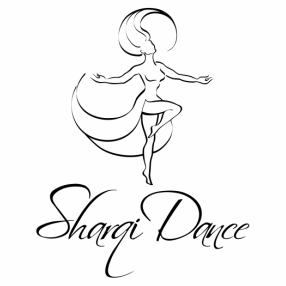
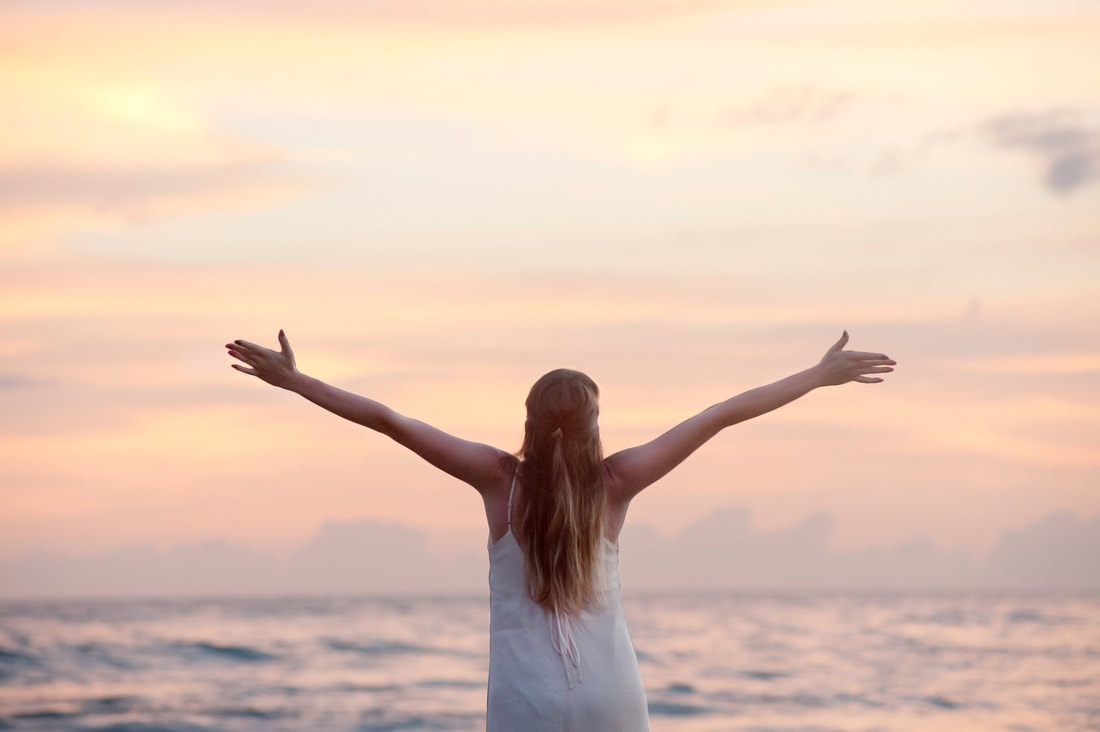
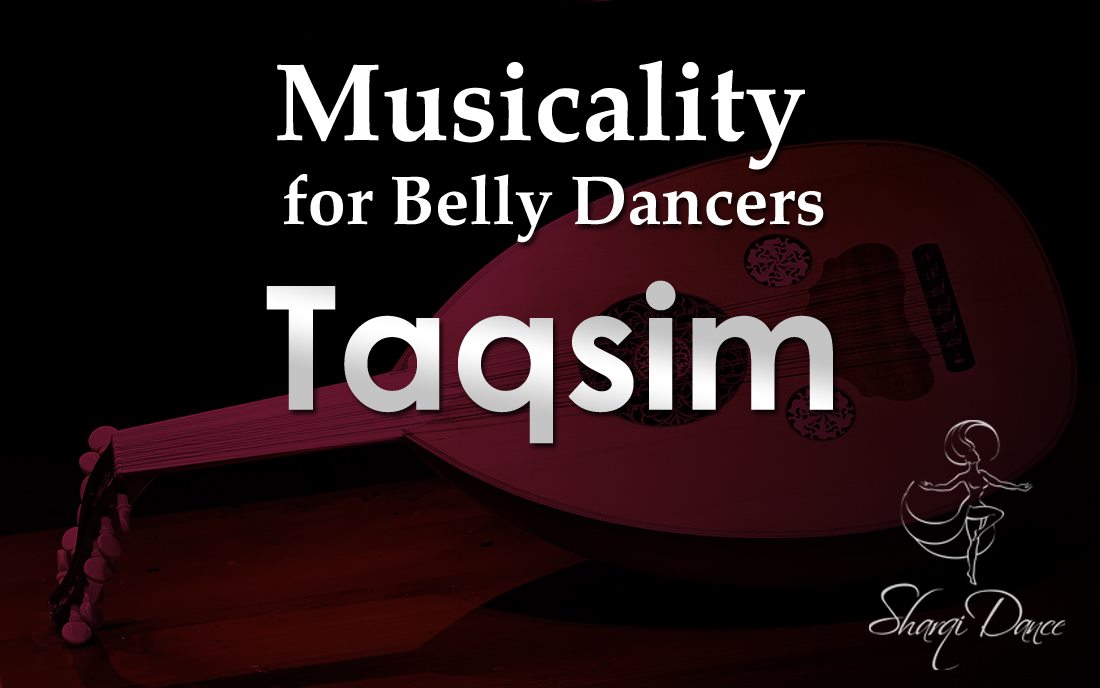
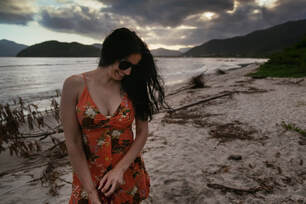
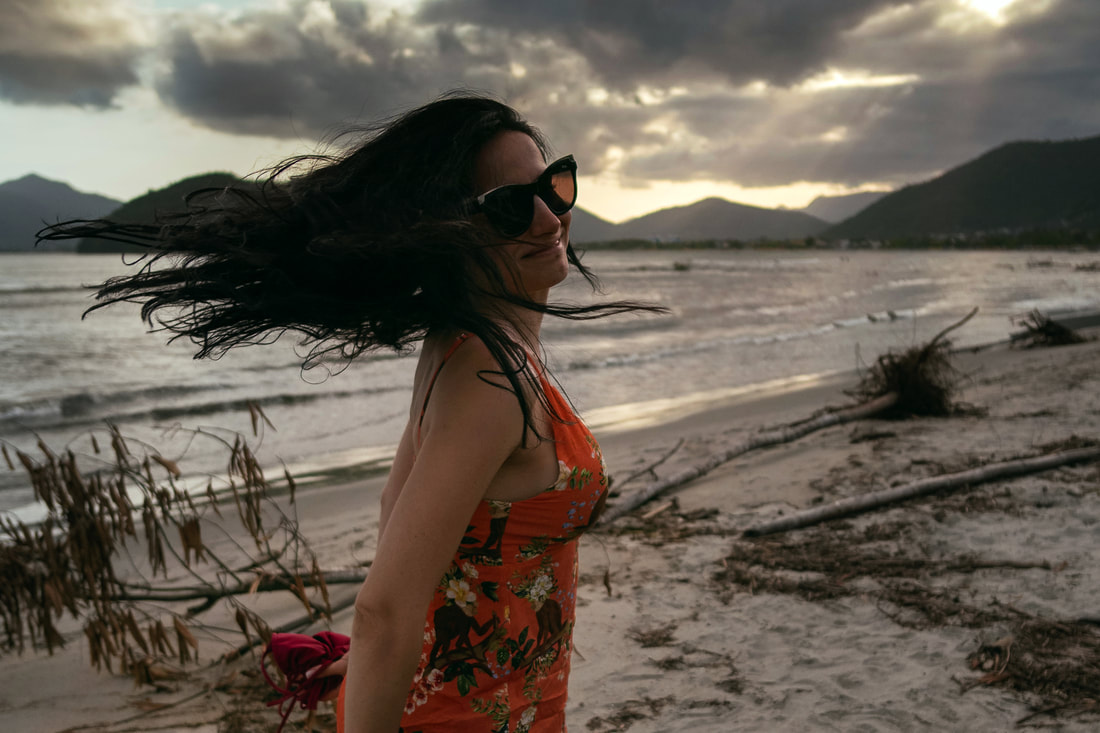
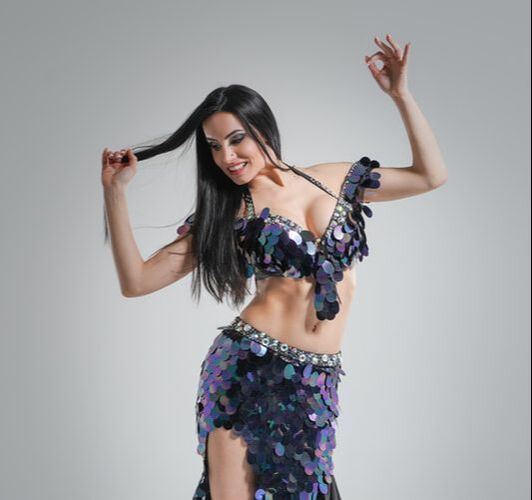
 RSS Feed
RSS Feed